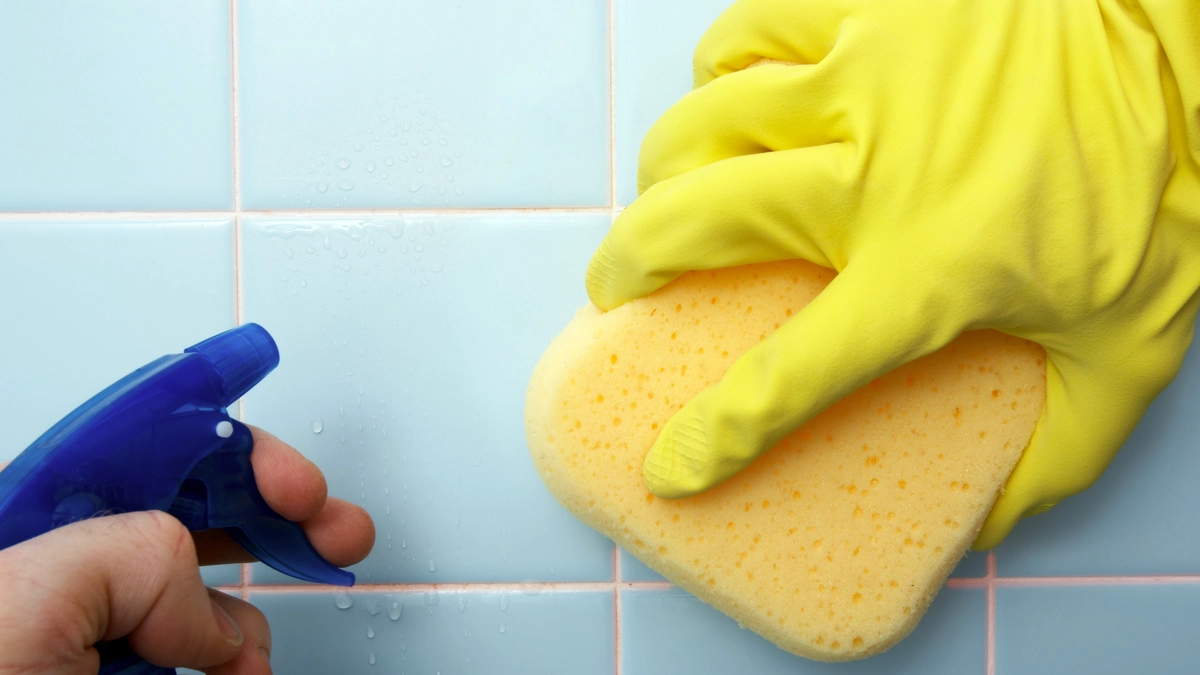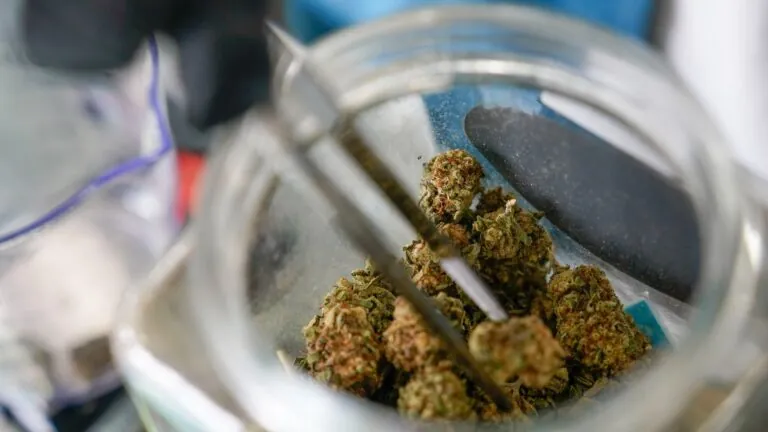A Complete Guide to Pink Mold (2023)
When it comes to finding pink mold in your home, it’s not uncommon to spot it in areas that are consistently damp, such as bathrooms (especially around the shower or bathtub), kitchens, and basements. While it may seem harmless, pink mold should be taken seriously as it can pose potential health risks if left untreated.
Pink mold is a term used to describe different types of bacteria that thrive in damp and moist areas such as bathrooms and kitchens. You may have noticed pink stains around your shower or bathtub, which are quite common and are caused by the Serratia marcescens bacteria. This type of bacteria is commonly known as pink mold and is responsible for the pink discoloration you see in these areas.
To put it technically, pink mold is not classified as mold; it is a type of bacteria that bears a resemblance to mold growths in appearance.
What is Behind the Growth of Pink Mold?
Pink mold requires specific conditions to grow. Moisture is a crucial factor, which is why it often develops in bathrooms. Additionally, it thrives in warm temperatures and requires a source of food to thrive.
Pink mold can thrive on a variety of substances that are commonly found in bathrooms and kitchens. Shower remains, including body fats, dead skin, and hygiene products, are all potential food sources for this fungus. If these areas are not cleaned regularly, a pink mold infestation can quickly take hold and become challenging to eliminate. It is essential to maintain a consistent cleaning schedule to prevent the growth of this troublesome mold.
Is Pink Mold Dangerous? – Learn More About Pink Mold
Pink mold may seem harmless at first glance, but it can actually pose serious health risks. This type of mold can cause allergic reactions and respiratory problems, which can be especially dangerous for people with preexisting conditions. In addition, if pink mold enters an open wound, it can lead to infections and other health complications. This is particularly concerning if you’re taking a shower after sustaining an injury and have an open wound. Therefore, it’s essential to take pink mold seriously and take steps to prevent its growth in your home.
Pink mold can pose a threat to your health if it develops in your kitchen. This is because it can contaminate your food and cause food poisoning.
How to Get Rid of Pink Mold: A Complete Guide
1. Using Baking Soda Paste for Cleaning
If you’re dealing with pink mold, there’s a simple homemade solution that you can use. All you need is baking soda and liquid dishwashers, which you can mix in equal quantities. Be sure to mix the ingredients well to ensure that they’re fully integrated. Once you have your mixture, use a brush to apply it to the affected area with firm pressure. This should help get rid of the pink mold.
When cleaning between tiles, it’s important to apply extra pressure on the mold to ensure that it’s thoroughly removed. It’s easy for mold to hide in small crevices, so make sure to pay close attention and clean thoroughly. If any mold is left behind, it will quickly return and undo all of your hard work.
2. The Use of Bleach
If you’re dealing with pink mold, using a mixture of bleach and water can be a powerful solution. All you need to do is mix the two ingredients and use a cloth or spray bottle to apply the solution to affected surfaces. It’s important to scrub thoroughly to make sure you remove all the mold and prevent any residue from being left behind.
After completing the cleaning process, it’s important to wipe down the surface with a clean towel. Dampen the towel slightly with water and gently wipe the surface to remove any excess cleaning solution. This will ensure that there is no residue left behind and the surface is left sparkling clean.
Ways to Stop Pink Mold Growth
1. Keeping Your Bathroom Clean and Fresh
To keep pink mold at bay, it’s essential to maintain the cleanliness of your bathroom. Pink mold thrives on surfaces that are not regularly cleaned, so make sure to wash and scrub your shower tiles and bathtub frequently. By doing so, you’ll eliminate any potential food sources for the mold, preventing it from developing and spreading.
2. Ways to Ensure Your Bathroom Stays Dry and Ventilated
The growth of pink mold is primarily caused by excessive moisture accumulation. To avoid the development of this mold in your bathroom, it is crucial to maintain proper ventilation. After taking a shower, make sure to open the window or turn on the fan for better air circulation. This will help reduce the moisture and prevent the growth of pink mold.
After using the bathroom, it’s essential to wipe down any wet surfaces to prevent any potential damage. Although you may not be able to eliminate all of the moisture with just one wipe, it’s crucial to do what you can to dry the surfaces. This step, combined with adequate ventilation, can go a long way in preventing mold growth and other water-related issues. Remember to make wiping down wet surfaces a regular habit after every shower or any activity that involves water exposure, such as shaving in the sink.
3. Avoid Leaving the Heating On
To prevent the growth of pink mold in your bathroom, it’s best to avoid leaving the heating on when it’s not necessary. Although some individuals prefer to keep their bathrooms warm and ready for a shower, this can actually encourage the development of pink mold. By keeping the temperature in check, you can prevent the mold from spreading and making it harder to clean up later on.
To heat up your bathroom, it’s best to do it just before use and turn off the heating afterward. Opening the window right after warming up the room might seem wasteful, but it’s a good precaution to prevent the growth of pink mold.
What You Need to Know About Pink Mold
Regular cleaning of your bathtub, shower, and other areas prone to pink mold growth is crucial to prevent its formation. In case you spot pink mold in your bathroom or any other part of your home, it is important to remove it as soon as possible to prevent its spread and safeguard your health.
Can Vinegar Effectively Eliminate Pink Mold?
Pink mold can be treated with vinegar, though it is not as effective as using baking soda and bleach. However, vinegar is great for preventing pink mold from returning after you’ve already cleaned it up.
Can Pink Mold in the Shower Affect Your Health?
Exposure to pink mold can result in several health issues, such as respiratory problems and allergic reactions. This mold can also lead to infections, and if it enters an open wound, it can be especially hazardous.
Also Read:
- Guide to Identifying Freon Leak Odor (2023)
- Gas Odor in Your Home: A Guide On Things To Know
- 7 Toxic Signs Of Detecting the Presence of Black Mold in Air Vents
- Is It Advisable to Purchase a Property near to Power Lines? (2023)







